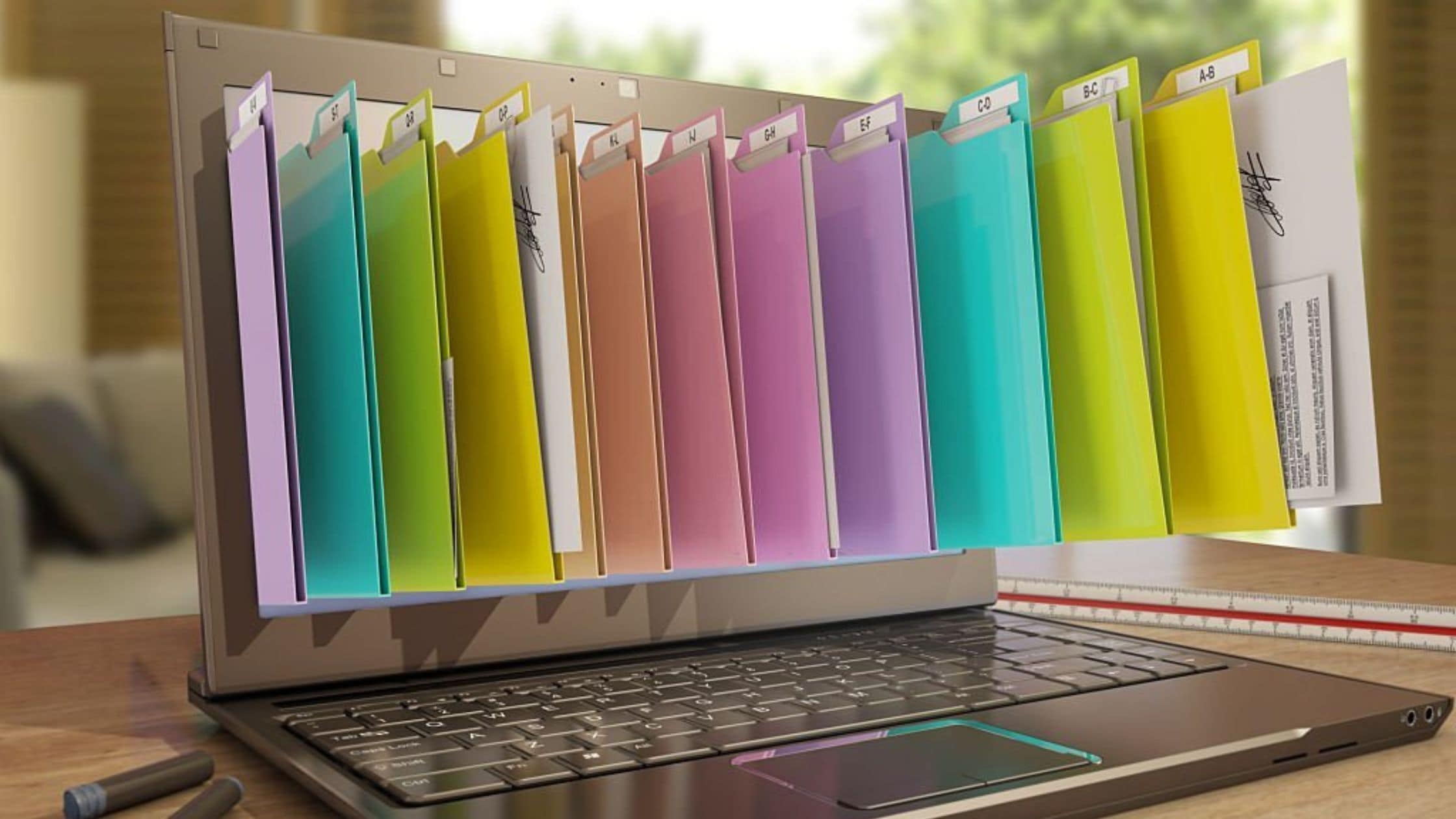

A Definitive Media Library (DML) is a centralized and controlled repository that plays a crucial role in managing and storing software and media assets within an organization. It provides a secure and reliable source for storing authorized versions of software, documentation, and other media files. The DML ensures that all project teams and stakeholders have access to the correct and approved versions of these assets, enabling efficient and consistent software development and delivery.
In this article, we will explore the concept of a Definitive Media Library in detail. We will discuss its purpose, benefits, components, and best practices for implementing an effective DML. Whether you are a software developer, project manager, or involved in software asset management, this guide will provide valuable insights into the importance of a Definitive Media Library and how it can streamline your software development processes.
The Purpose of a Definitive Media Library
The primary purpose of a Definitive Media Library is to ensure the availability of authorized and controlled versions of software and media assets. It serves as a single source of truth for project teams and stakeholders, eliminating the risks associated with unauthorized or outdated versions of software. By maintaining a centralized DML, organizations can enhance the efficiency, consistency, and reliability of their software development and release processes.
Benefits of a Definitive Media Library
Implementing a Definitive Media Library offers several benefits for organizations:
- Version Control: The DML provides strict version control, ensuring that authorized versions of software and media assets are readily accessible. This helps avoid confusion, prevents unauthorized use of outdated versions, and improves overall version management.
- Quality Assurance: By maintaining a centralized repository of approved assets, the DML supports quality assurance processes. It enables teams to perform thorough testing and validation on authorized versions, reducing the risk of software defects and ensuring consistent quality.
- Collaboration and Communication: The DML facilitates collaboration and communication among project teams, ensuring that all members have access to the same approved assets. This promotes efficient teamwork, reduces misunderstandings, and fosters effective communication throughout the software development lifecycle.
- Efficient Release Management: With a well-organized DML, organizations can streamline their release management processes. Authorized versions can be easily retrieved, packaged, and deployed, reducing the time and effort required for software releases.
- Compliance and Auditing: The DML supports compliance with licensing and regulatory requirements. By maintaining authorized versions and tracking changes, organizations can demonstrate compliance during audits and maintain a record of software assets for licensing and legal purposes.
Components of a Definitive Media Library
A Definitive Media Library consists of various components that work together to ensure effective management of software and media assets:
- Software and Media Assets: The core components of a DML are the authorized versions of software, documentation, templates, scripts, media files, and other related assets. These assets are stored and organized in a structured manner within the library.
- Version Control System: A version control system is essential for managing and tracking changes to the software and media assets. It allows teams to check-in and check-out assets, maintain version history, and collaborate on modifications while ensuring data integrity and security.
- Metadata and Documentation: Metadata and documentation provide essential information about the software and media assets stored in the DML. This includes version numbers, release notes, dependencies, licensing details, and other relevant information that aids in asset identification and management.
- Access Controls and Security: To maintain the integrity and security of the assets, a DML should have appropriate access controls in place. Role-based access and permissions ensure that only authorized individuals can modify or access the assets, reducing the risk of unauthorized changes or data breaches.
- Change Management Processes: Effective change management processes and workflows are crucial for the DML. These processes define how changes to assets are requested, reviewed, approved, and implemented, ensuring that only authorized modifications are made to the library.
Best Practices for Implementing a Definitive Media Library
When implementing a Definitive Media Library, consider the following best practices:
- Define clear processes and guidelines for asset management, version control, and change management within the DML.
- Implement a robust version control system that supports concurrent development, branching, merging, and conflict resolution.
- Establish regular backup and disaster recovery procedures to safeguard the assets stored in the DML.
- Ensure appropriate access controls and permissions are in place to protect the integrity and security of the assets.
- Regularly review and update metadata and documentation to provide accurate information about the assets.
- Train and educate team members on the importance of using the DML and following the established processes.
- Periodically audit the DML to ensure compliance with licensing, legal, and regulatory requirements.
Sign-up for a 7-day free trial! Try the first two modules of Brain Sensei’s story-based PMP and CAPM Exam Prep courses and a mini practice exam and see how it all works
Conclusion
A Definitive Media Library is a critical component of software asset management and plays a significant role in ensuring the availability, reliability, and security of software and media assets. By implementing an effective DML and following best practices, organizations can streamline their software development processes, improve version control, enhance collaboration, and achieve consistent and high-quality software releases. Embrace the power of a Definitive Media Library and reap the benefits of efficient software asset management within your organization.
Have you led projects and are looking to earn a project management certification? You might be interested in learning about how lucrative this can be. Check out these articles.
13 PMP Benefits Once You Get The PMP Certification
No experience leading projects but still want to get into project management? No problem! Check out these articles.
CAPM Certification Eligibility
What is a Certified Project Manager; How do I get PM Certifications


